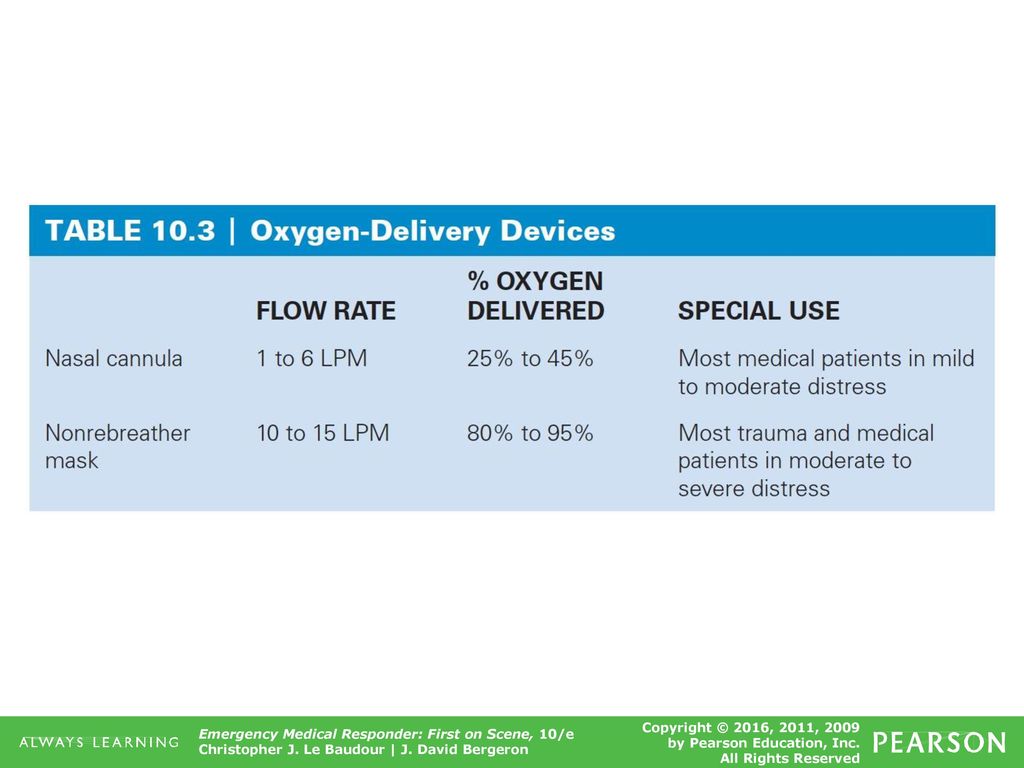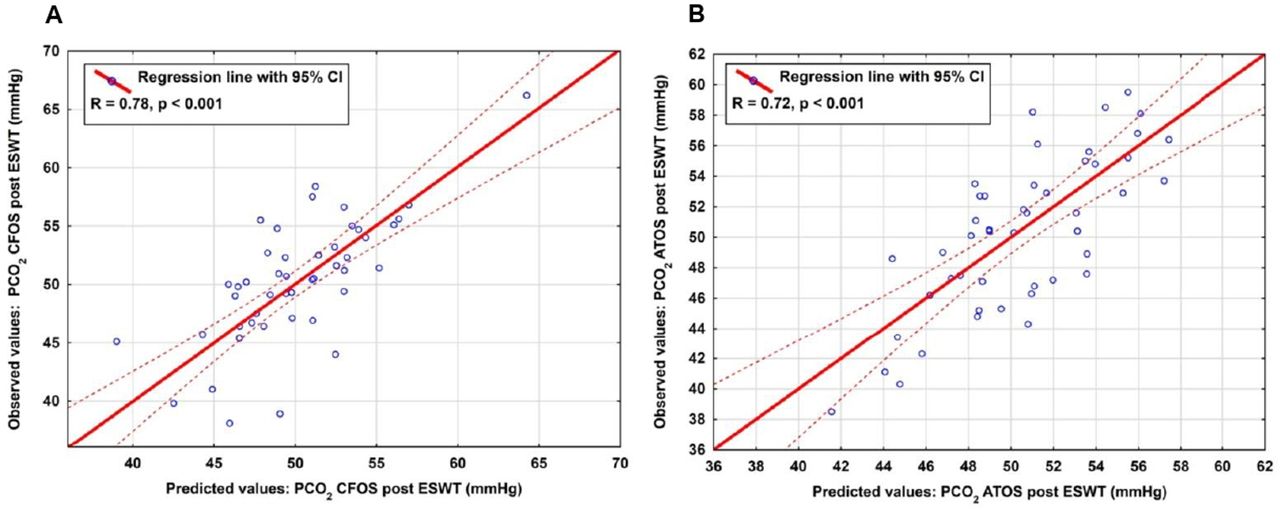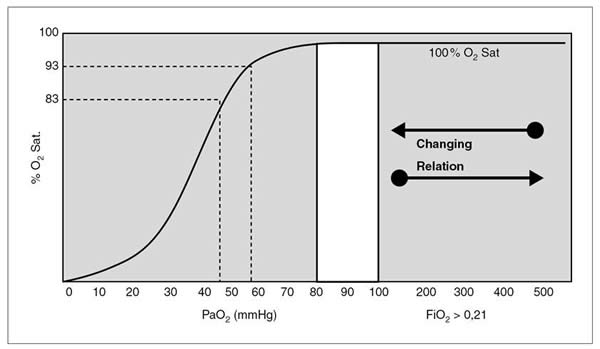oxygen delivery devices and flow rates australia
Expressed as a percentage of the set flow rate the measured flow rate of the canisters varied from 36-128 with the lowest values at flow rates flow rates differed or 10 from the set flow rate. There are five different valves available each colour-coded with a specified oxygen flow rate in Lmin and the percentage of oxygen that the given flow rate will deliver written on the side of the mask.

Transtracheal Catheter Image Courtesy Www Airwayeduca Download Scientific Diagram
So the maximum concentration of oxygen that can be delivered by oxygen mask is 60.

. Low flow device Most common device used for mild hypoxia Can be set between 1 and 6 LPM 24 to 40 FiO2 FiO2 increases approximately 4 with each liter of O2 KorupoluR GJ Needham DMContemporary CriticalCare. Nasal cannulae-delivering low flow rates of 24 Lmin or more are provided to patients almost automatically in a range of common clinical situations without the oxygen even necessarily being. Increasing flow rate beyond 8 litres will not increase the F102 to more than 60.
MORS with an oronasal or intraoral mask demand valve with an. Oxygen Delivery Systems LOW FLOW OXYGEN DEVICES HIGH FLOW OXYGEN DEVICES Cannot deliver constant FiO 2 Maintain constant FiO 2 Flow 6 - 8 Lmin Delivering O 2 at very high flow Mixture of oxygen room air Flow usually 4 times the actual Minute volume FiO 2 varies with tidal volume-Shallow breathing less entrainment of room air high FiO 2. A pressure reading barometer displays the remaining oxygen.
The flow rate can be set on the wall tap. Classification of Oxygen Delivery Devices in non intubated. A regulator is attached to the cylinders top and works like a tap allowing the safe adjustment of oxygen flow rate provided in Lmin 1.
1-2 Lmin via nasal cannulae or 2-4 Lmin via 24 or 28 Venturi mask in patients with acute exacerbations of COPD or conditions known to. Looping the tubing around the patients ears and bring it to the front of the patients chest. If oximetry is not available or reliable oxygen saturations cannot be determined and hypoxaemia is suspected oxygen can be delivered at.
The oxygen flow rate and the FiO2. They include Nasal cannulae. The percentages available are 24 28 35 40 and 60 oxygen.
The type of humidification device selected will depend on the oxygen delivery system in use and the patients requirements. 2435 FiO2 at a flow of 14. Supplemental Oxygen High Flow Systems generally utilize corrugated tubing Indicated in patients with variable respiratory rate and pattern to.
The measured and set flow rates of both stationary and portable canisters were strongly correlated. Low flow device Most common device used for mild hypoxia Can be set between 1 and 6 LPM 24 to 40 FiO2 FiO2 increases approximately 4 with each liter of O2 KorupoluR GJ Needham DMContemporary CriticalCare. Oxygen delivery devices positioning and flow rates Six different oxygen delivery devices were investigated.
The increased efficiency is achieved through increased complexity. The humidifier should always be placed at a level below the patients head. A comparison of the tissue oxygenation achieved using different oxygen delivery devices and flow rates.
The percentage of oxygen delivery depends on the flow rate and the delivery device. Tube with a mask or nasal cannula. The flow rate is how many liters of oxygen per minute your.
It varies from 0 15L per minute. Of the commonly available devices promoted for O₂ delivery to injured divers similar PtcO₂ and nasopharyngeal FIO₂ values were obtained with the three devices tested. When the tap is manually opened the oxygen takes the line of least resistance to the patient via an oxygen delivery device eg.
A paediatric simple Hudson face mask PFM Oxygen Mask Child Aerflo Australia a paediatric non-rebreather mask PNRB. Comparison of tissue oxygenation achieved breathing oxygen from a demand valve with four different mask configurations. Oxygen delivery devices 1.
The recommended initial oxygen flow rate for open-circuit systems employing a. All high flow systems require humidification. The oxygen flow rate is the number that we dial up on the oxygen flow metre usually between 1-15Lmin.
Low-flow oxygen delivery systems deliver oxygen at flow rates below the patients inspiratory flow rate entrain room air and provide a variable FiO2. 2 to 15 Lmin. Blake DF Crowe M Lindsay D Brouff A Mitchell SJ Pollock NW.
Only goes up to 60 FIo2 so not for patients who have significantly high oxygen demands bulky. 200969111 Bailey P Thomsen GE Spuhler VJ et alCrit Care MedJan2007351139145. The required oxygen flow rate can be very low often between 08 and 15 Lmin-1.
Adapters deliver set amounts of FiO2 at 24 to 60. Delivery devices work with different flow rates. Can delivery precise and dependable FiO2.
The recommended initial oxygen flow rate for open-circuit systems employing a non-rebreather mask has long been 15 Lmin-1. Depending on a patients inspiratory effort tidal volume speed of inspiration and respiratory rate the PIFR can often exceed the flow rate at which oxygen or an oxygenair mixture is supplied by the device meaning that at the time of PIFR. Oxygen flow rate was controlled via a standard wall-mounted flow rate metre CIG Health Care Comweld Group Pty Ltd Australia with testing conducted at a flow rate of 15 Lmin for all devices and additionally for flow rates of 6 and 8 Lmin when using oxygen tubing.
There are two important things to consider when delivering supplemental oxygen to your patient. Connect the face mask to the oxygen cylinder. The best O₂ delivery device and flow rate are yet to be determined.
Oxygen therapy can be delivered using a low flow or high flow system. FiO2 is defined as the percentage or concentration of oxygen that a person inhales the fraction of inspired. 1 shows the simulated patient oxygen sensor and device positioning apparatus.
Apply the nasal cannula to the patients nose first. These devices deliver a variable inspired oxygen concentration to the patient which depends on the PIFR. Set flow rate at 1 to 4 litres per minute.
The percentage of oxygen inspired depends on the flow rate and the delivery device. Flow rate 1-4Lmin 4L will dry the nose 2L is more comfortable. These are classified as high flow Oxygen Delivery Devices and low flow Oxygen Delivery Devices.
VENTURI FACE MAsk Types of oxygen delivery devices. If the nasal prongs are curved these should face posteriorly to the patient.

Nursing Jobs Are Noble Profession Especially In Aboard You Can Earn More In Aboard On Nursing Professions Emergency Nursing Nursing Jobs Nursing Profession

Transtracheal Catheter Image Courtesy Www Airwayeduca Download Scientific Diagram

Clinical Guidelines Nursing Oxygen Delivery

10 Principles Of Oxygen Therapy Ppt Download

Initial Or Starting Flows Of High Flow Nasal Cannula In A Pediatric Download Table

Oxygen Delivery System Side 1 Nursing School Notes Nursing Notes Respiratory Therapist Student

Oxygen Png Images Transparent Oxygen Image Download Pngitem

Automatic Oxygen Titration Versus Constant Oxygen Flow Rates During Walking In Copd A Randomised Controlled Double Blind Crossover Trial Thorax

Automatic Oxygen Titration Versus Constant Oxygen Flow Rates During Walking In Copd A Randomised Controlled Double Blind Crossover Trial Thorax
